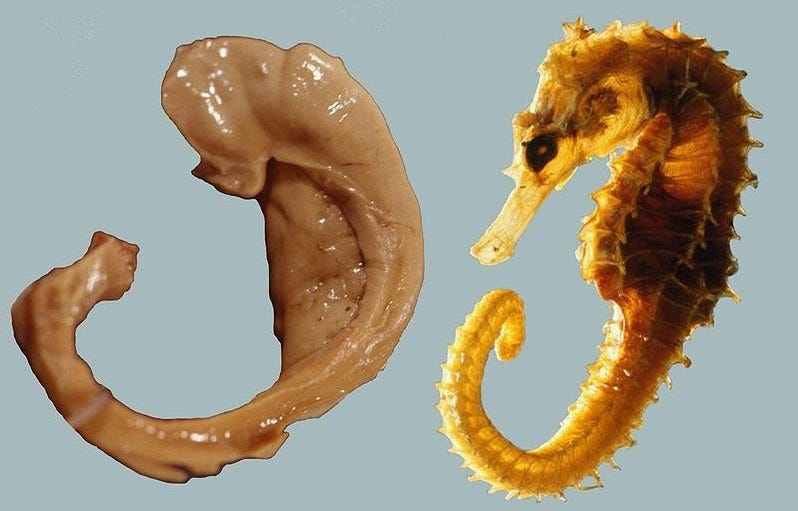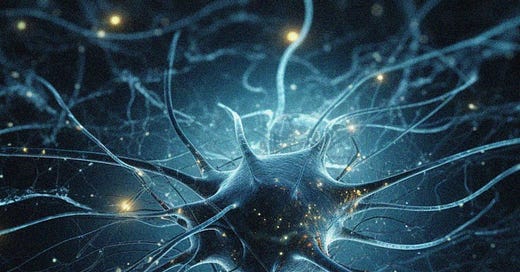The Origin of Alzheimer's Disease Lies in the Hippocampus. But Why This Area?
Pinpointing what exactly makes the hippocampus so vulnerable to the neurotoxic effects of plaques and tangles.
The term "dementia" originates from Latin. It combines the prefix "de," meaning deprivation or loss, with the root "ment," referring to the mind, and the suffix "ia," which denotes a state. Together, the word describes "a state out of mind," capturing the essence of the cognitive decline it signifies.
About 60-80% of dementia cases are Alzheimer’s disease (AD). Other forms of dementia include vascular dementia, mixed dementia, and Lewy body dementia, among others. As each form of dementia has its unique pathology, I’ll focus on AD — the most common type of dementia — in this article.
Basic research will tell you that AD is distinguished by two unique pathological hallmarks: amyloid-beta (Aβ) plaques and tau tangles. But which one is more important or comes first remains highly debated.
More advanced research will tell you that:
Tau tangles first appear in the entorhinal-hippocampal region, spreading to other brain regions as the disease progresses.
Aβ plaques first appear in the neocortex (sparsely), followed by the hippocampus and then other brain regions.
When these neurotoxic tangles and plaques appear in the hippocampus, clinical symptoms of cognitive impairments will begin. This is because this seahorse-like structure helps form our memories (Figure 1).
As follows, the severity of neuronal loss in the hippocampus strongly correlates with the clinical progression of AD, more so than the amount of plaques and tangles in the brain. In essence, AD is mainly a problem of hippocampal neurodegeneration driven by plaques and tangles.
I find this a critical yet overlooked topic, as most papers begin with the premise that AD involves the hippocampus without exploring why this region is uniquely vulnerable to degeneration that leads to AD specifically.

But one critical missing key is the lack of understanding of why AD originates from the hippocampus — or what makes the hippocampus this vulnerable to neurodegeneration that it results in AD.
I find this a critical yet overlooked topic, as most papers begin with the premise that AD involves the hippocampus without exploring why this region is uniquely vulnerable to degeneration that leads to AD specifically.
This is not to say that starting with an established premise for further research is incorrect. But by applying first principles reasoning — decoding basic premises and reasoning upward from there — we may uncover key factors that have been overlooked.
Keep reading with a 7-day free trial
Subscribe to The Infected Neuron to keep reading this post and get 7 days of free access to the full post archives.





